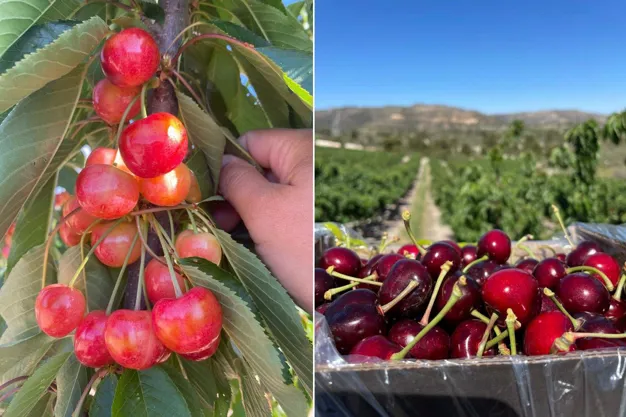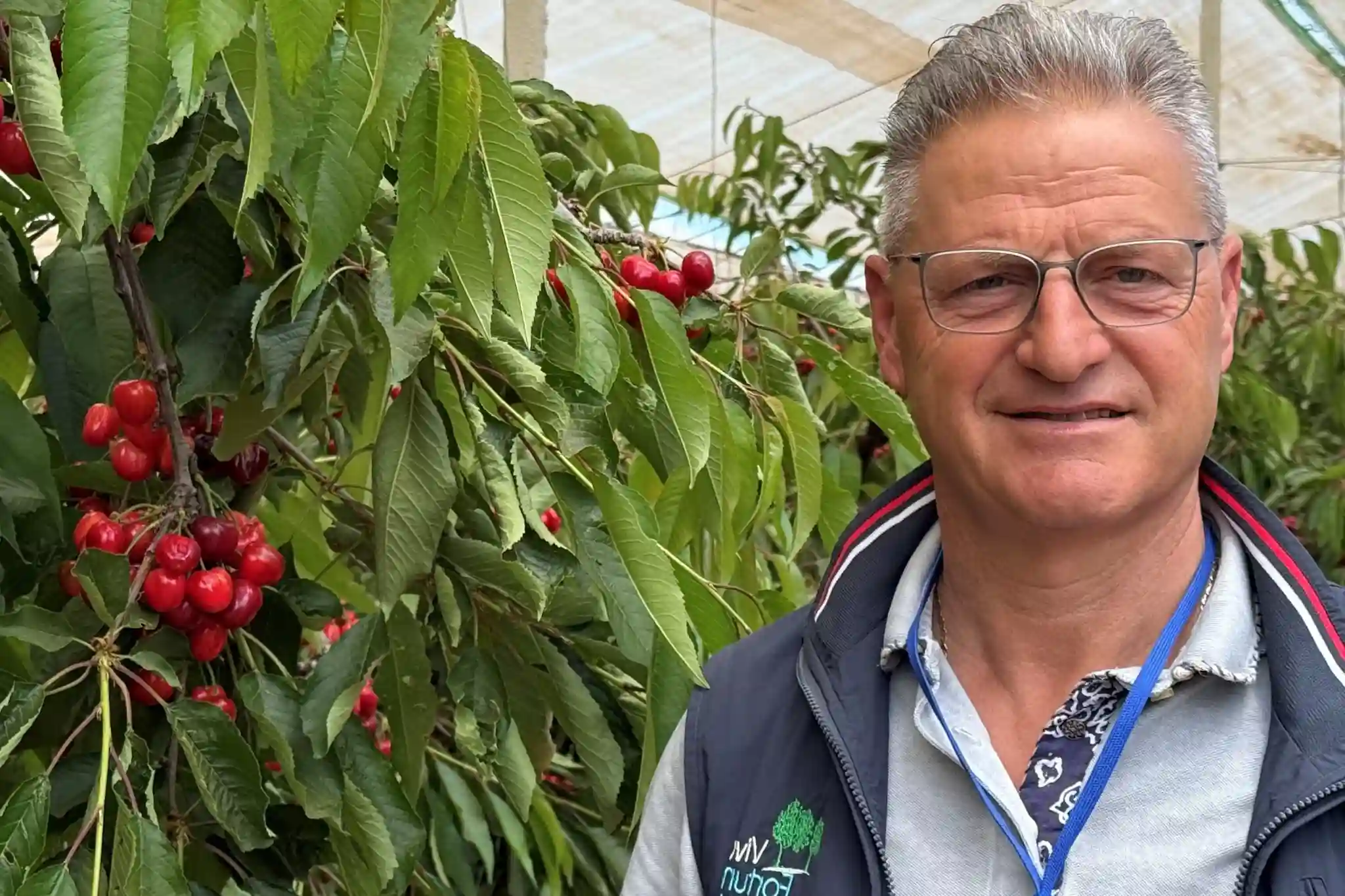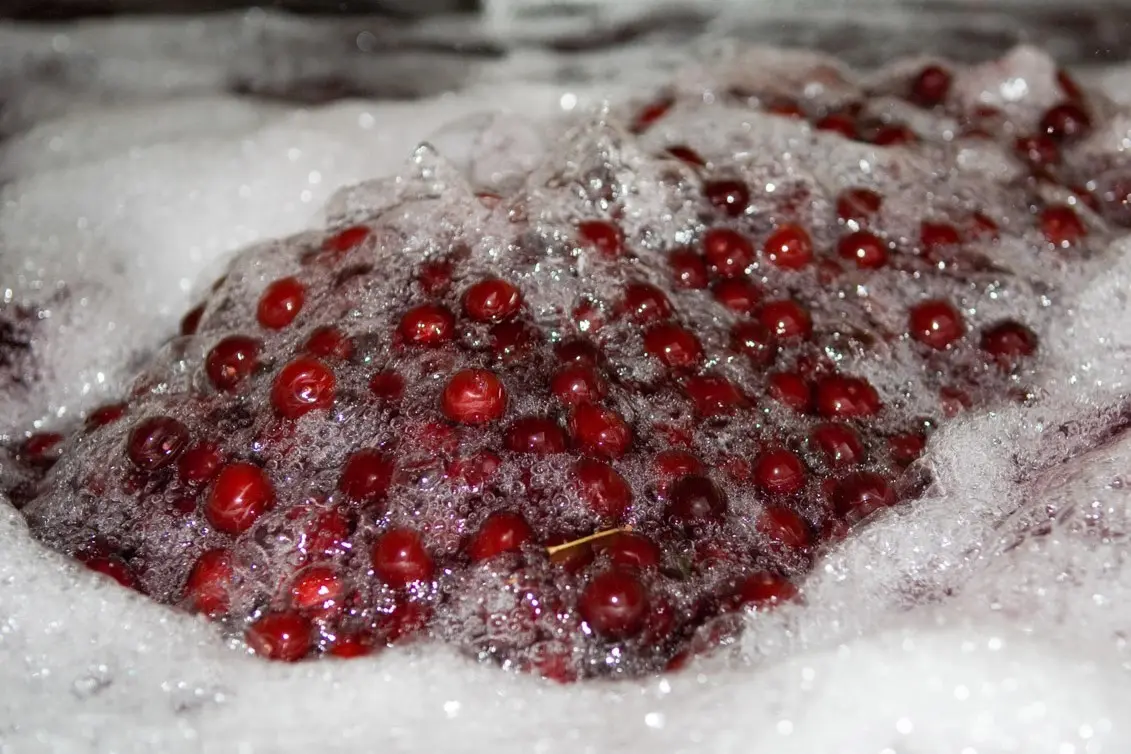Cherries are grown in several countries around the world, but their productivity is increasingly influenced by climate change due to the lack of cold for those cultivars that require many hours of refrigeration. “This has a negative impact on growers, but also on the market, as it results in uneven productivity,” says Antonia Sánchez-Labbé, international technical manager and R&D for cherries at BLOOM FRESH.
The company has selected varieties suitable for less cold regions, offering farmers an alternative crop, but this has also led to an expansion of cherry growing regions.
“We have managed to expand cherry cultivation in Brazil, Western Australia, and Peru,” says Sánchez-Labbé. “This creates more favorable conditions for growers and retailers. Ultimately, consumers also benefit, as they continue to love cherries and consider them a special fruit.”
Early Window
In addition to expanding into different growing regions, BLOOM FRESH also focuses on an early harvest window. “The early window offers many opportunities to obtain cherries with a better flavor and a higher quality product, with excellent income opportunities for growers,” says Alwyn van Jaarsveld, international sales manager for cherries at BLOOM FRESH.
“If consumers have a positive first experience, they will return to repeat the purchase.” The company's goal is not to replace older, tender, and low-yield varieties but to provide cherries when there is no product on the market.
International Cherry Day
To showcase its portfolio of varieties to nurserymen, growers, and retailers, the company organized the International Cherry Open Day in Mequinenza fifteen days ago, the second event of its kind held in Spain. Additionally, the company has been organizing the Southern Hemisphere event in Chile every year for seven years. In Spain, 40 international participants from Chile, Brazil, Spain, Greece, Italy, United Kingdom, South Africa , and Australia gathered.
“The goal of the event was to show how we are intensifying our research and development activities and the continuous commercialization of our early and low-temperature cherry varieties,” says Sánchez-Labbé. The two-day program in Spain offered participants an unprecedented opportunity to learn more about the different varieties, including Cheery Crunch™, Cheery Chap™, Cheery Cupid™, Cheery Nebula™, Cheery Treat™, and Cheery Moon™.

The first four varieties can be grown in low-temperature areas, such as Northern Chile, Northern South Africa, and Southern California, as well as other non-traditional cherry regions. Cheery Treat™, on the other hand, requires more cold as hours pass but can still be grown in the United States states such as Washington, Oregon, and California, as well as in British Columbia (Canada).
This variety is also suitable for Spain, Greece, Italy, Tasmania, Argentina, and Chile, among others. Cheery Moon™ needs a lot of cold and grows in more traditional cherry-growing regions, such as British Columbia.
Source: FreshPlaza
Images: FreshPlaza
Cherry Times - All rights reserved













